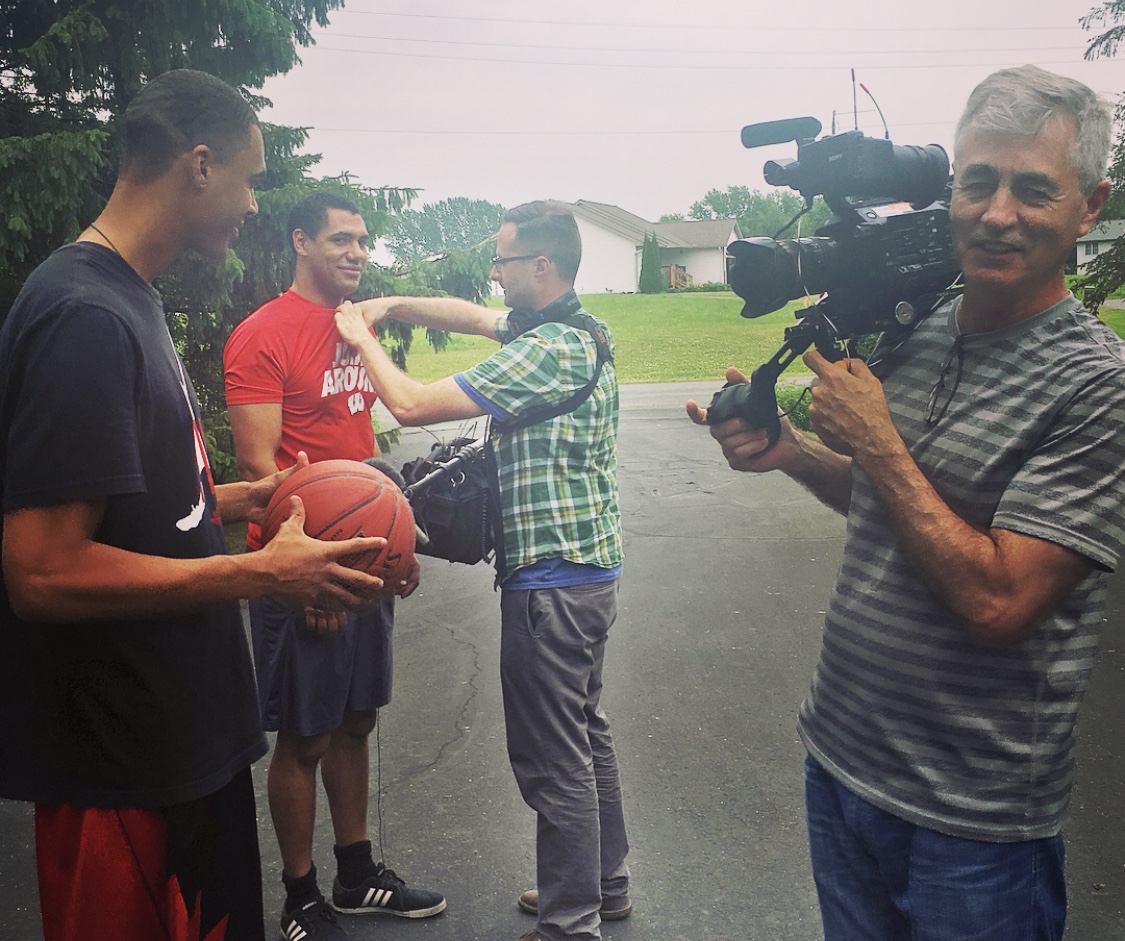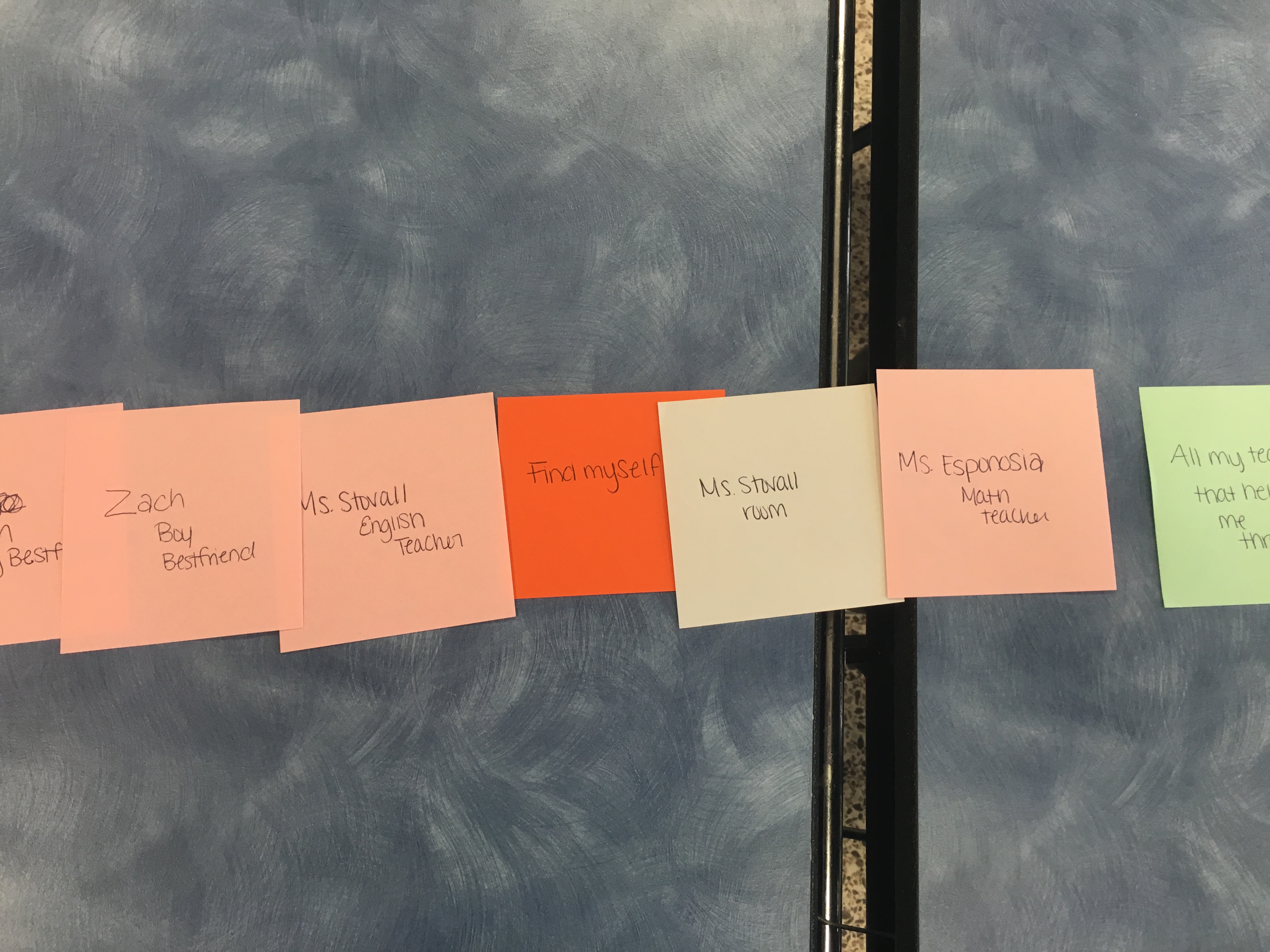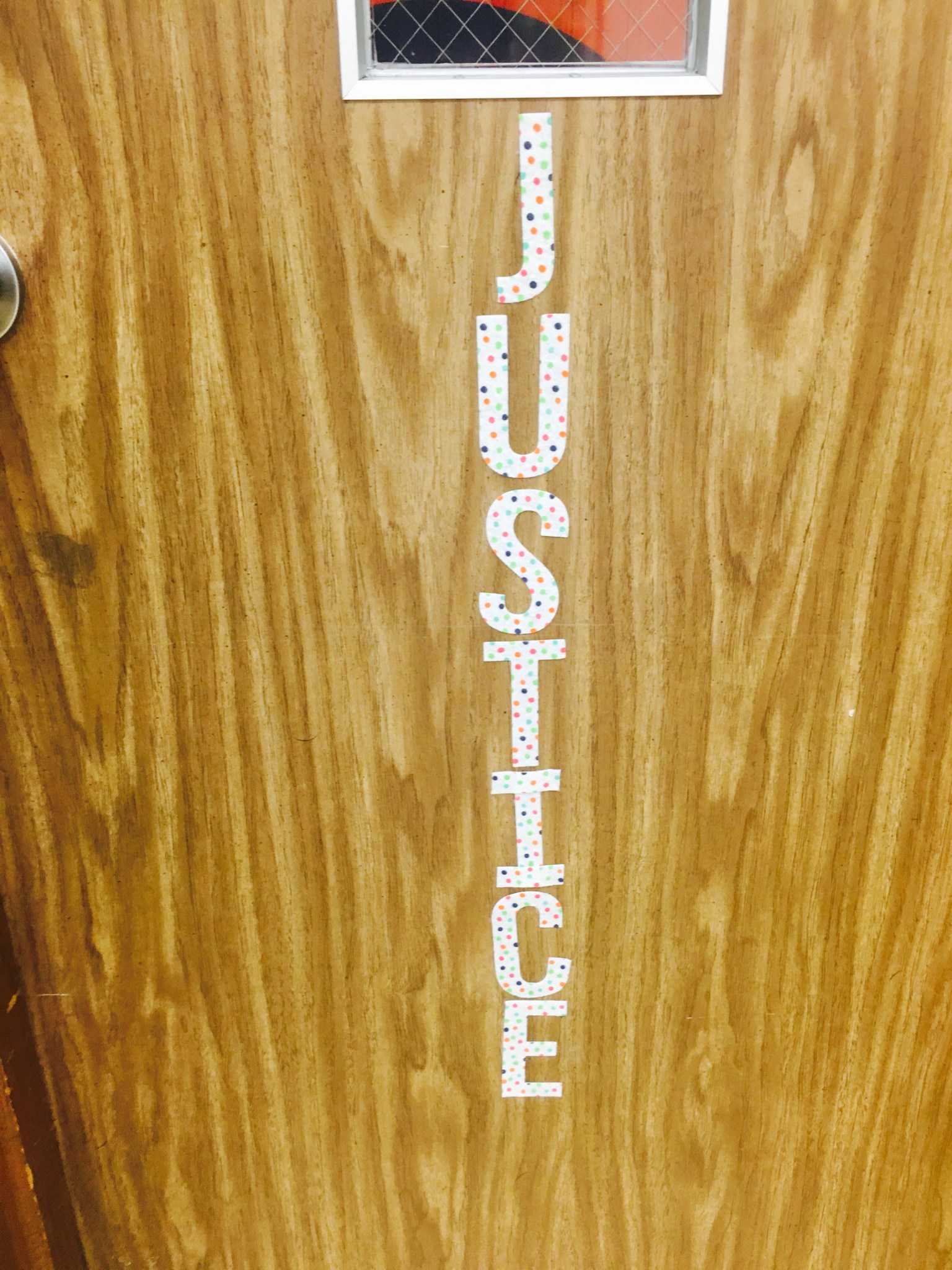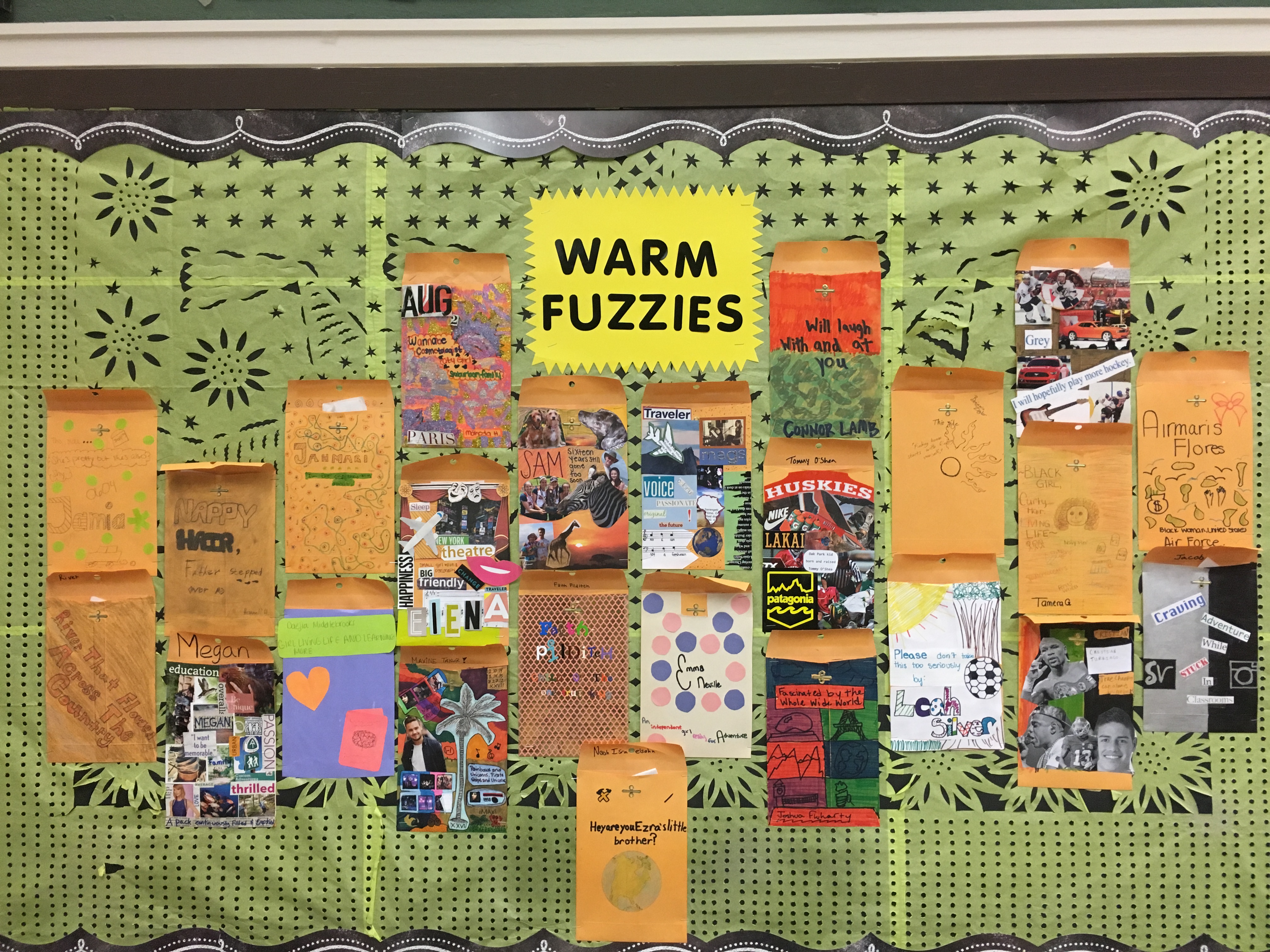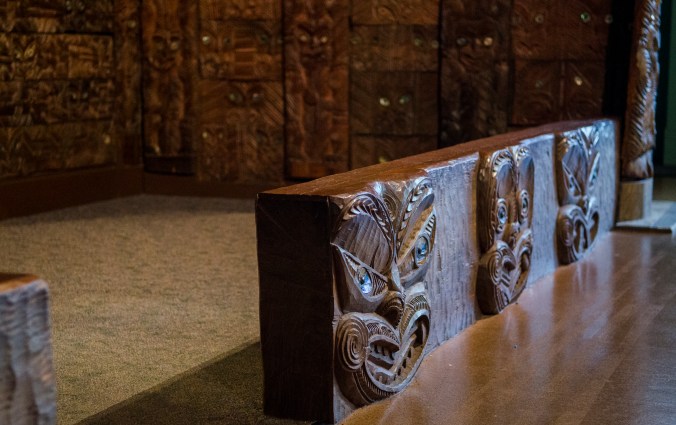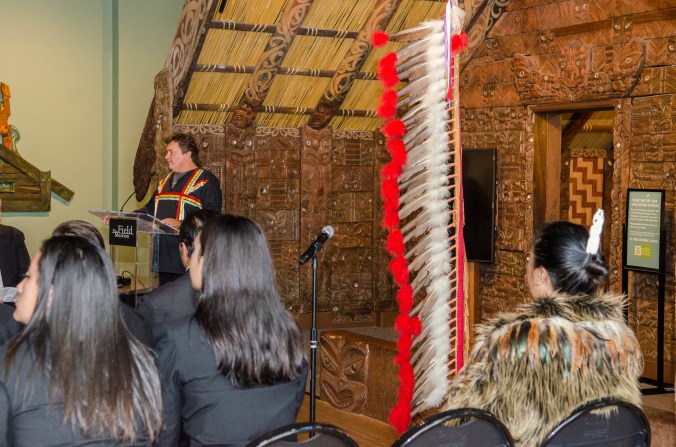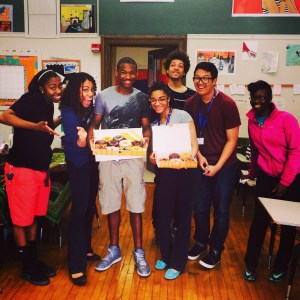
Summer!
My first day of school is just a week away, so I’m experiencing my last fleeting hours of the Sunday that is August. That is to say, that in teacher world, we consider June to feel like a Friday, July like a Saturday, and August very much like a Sunday where you can’t quite relax and enjoy yourself because that “case of the Mondays” feeling is scratching at your front door. I get a lot of comments from non-teachers about how blissful it must be to have the summers off–and believe me it is blissful–but the week before school starts is filled with bizarre feelings and behaviors. So, for those of you always wanting to know what it’s like to be a teacher at the end of summer break, you now have to wonder no more.
- The “back-to-school”nightmares is a real thing.
The time in which the first nightmare will shoot you straight up in bed varies. For me, it’s usually early August, but I have gotten a random one at the end of June (separation anxiety maybe?). The usual dream is some variation of showing up to school to do some routine “get the classroom back in order action”–in my case usually unshowered and especially unkempt–and I realize as I walk up to my classroom that there is a classroom of eager (and confused) freshmen waiting for their teacher to show up to class. The first sensation when I realize that I mixed up the first day of school date is “PUKE!” And then that feeling settles into that panicked feeling of, “do I run and pretend that I’m sick?” or “do I walk in late with absolutely nothing prepared looking like I’ve come from a week camping in the Outback?”
The strangest back-to-school nightmare I’ve had involved the way I greeted students on the first day. There I was, wrapped from neck to toe in several layers of bubble wrap, chest bumping each student as he or she entered the classroom–all to the tune of the Space Jam theme song.

This is the copy room two weeks before school started. Everyone is already getting their copies made! (PS: that Jessica is not me. I’m not quite that on top of my game).
Thus, most back-to-school nightmares highlight a) our anxiety of not being prepared enough for a new school year b) our worry that in the two months that we got to unkink the tension knots in our backs and be real people that we forgot how to teach, and c) that we will not make the critical good first impression on our students that we need to in order to have a successful school year. Because the research states that most students make judgments on whether or not they will like a teacher and whether or not they feel they will be academically successful and socio-emotionally healthy in the class within the first few minutes of class. And they are usually right in that first impression. No pressure, huh?
So we care a lot about being prepared for that first day and that first impression. I know I’m not alone in spending hours getting my classroom in working order, making copies well in advance, and starting to practice speaking grammatically correct and clean English again.
2. We go a bit nutty over school supplies.
This is a bit of an understatement. There is a knowing look that teachers exchange between each other when we see other teachers at Office Max holding the same coupon clippings in their hands.
Teachers, as you probably already know, spend a lot of their own money on classroom decor, organizational supports, classroom sets of art supplies, and school supplies for low income students. And we only get to write $250 of it off on our taxes. So, we look for deals and free stuff wherever we can, because teachers never feel more broke at the start of the school year after they’ve bought all things needed get the classroom to its effective academic learning environment glory.
My strategy, because I’m especially broke right now, is to obsessively check freecycle.org, the free section of Craiglist, and my community swap and sell page on Facebook. And there are occasional jackpots. Just the other day, I answered a freecycle.org ad for 1,000 FREE PENS. Yes, they have advertising on them, but hey, they work! Every teacher I’ve told about this find has gasped and cheered with me about my good fortune.

I’ve got pens for days!!
Writing utensils, when you teach high school at least, are a hot commodity. I get asked probably 11.7 times a day for a pen. And because I don’t want 2% of my paycheck to go to buying pens due to the low return rate of said pens, I get creative. In the past I’ve:
- Had students give me a shoe in exchange for a pen. But one time I had a student with feet so smelly I had to quickly give him his shoe back and change the policy to “some sort of valuable item” (i.e. their cell phone).
- Spent hours attaching obnoxious fake flowers to the ends of pens and pencils, and “planted” them nicely in a pot, thinking it would cause students to garden each day when they returned the utensils to me on the way out. But what I thought was obnoxious was “cool” to the high schoolers, and those puppies were stolen before I could even get through Of Mice and Men.
- Attached stickers of Barbie and 90s boy bands to my pens and pencils thinking that again, the students would be dismayed at their utensil and want to swiftly return them. But as in above, they started trading them like baseball cards.
I know that it’s good for executive functioning to help students remember to bring a utensil. But I also don’t want to spend any of my precious class time arguing with the one student who forgets a utensil every single day. Because yes, there is always that one student. Instead, I will provide that student with one of 1,000 pens I have in my classroom right now. And yes, teacher friends, I am sharing if you need a hook up.

Just a couple of weeks ago, I was climbing into tombs. Now I’m excavating all of my classroom materials out of dusty boxes.
Continue reading →
41.878114
-87.629798



